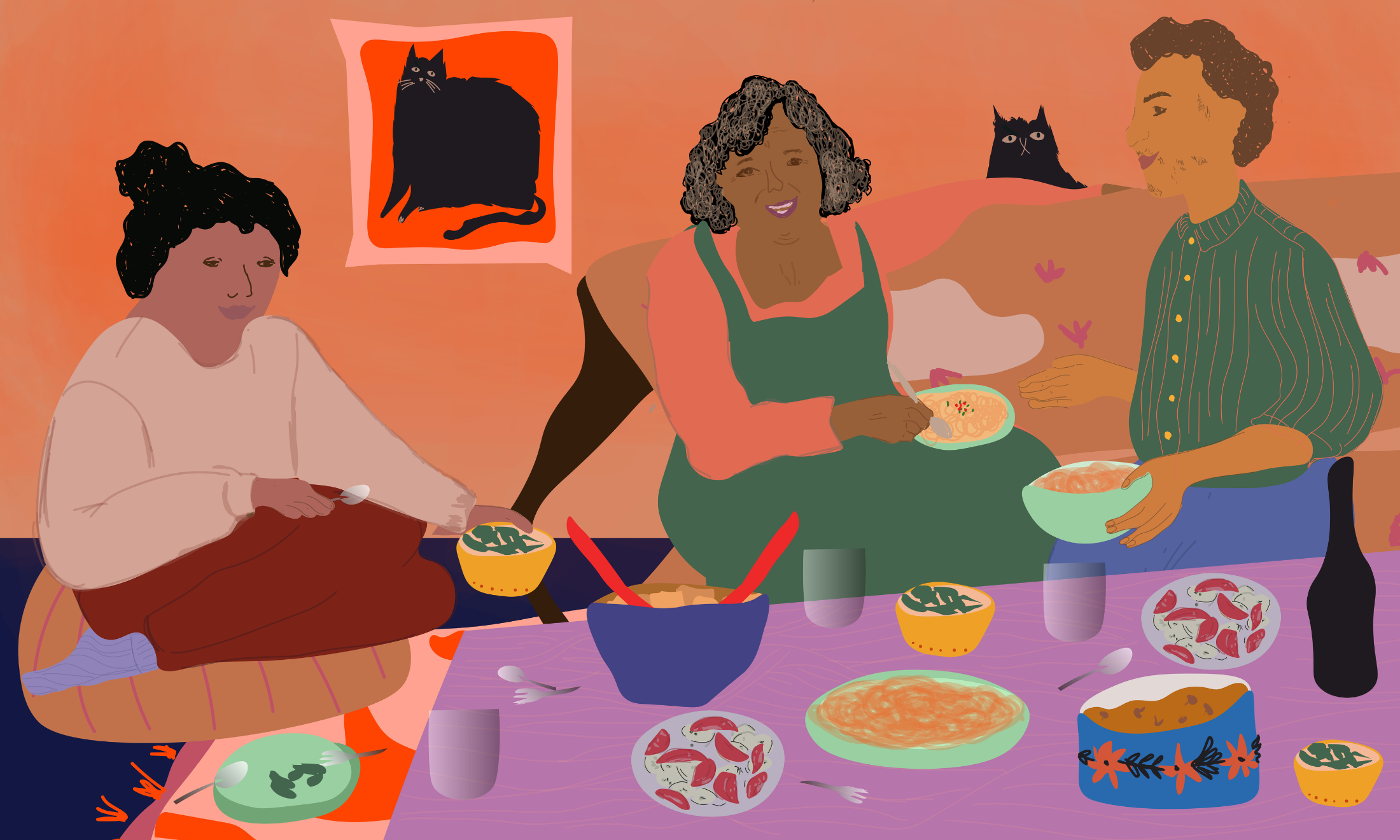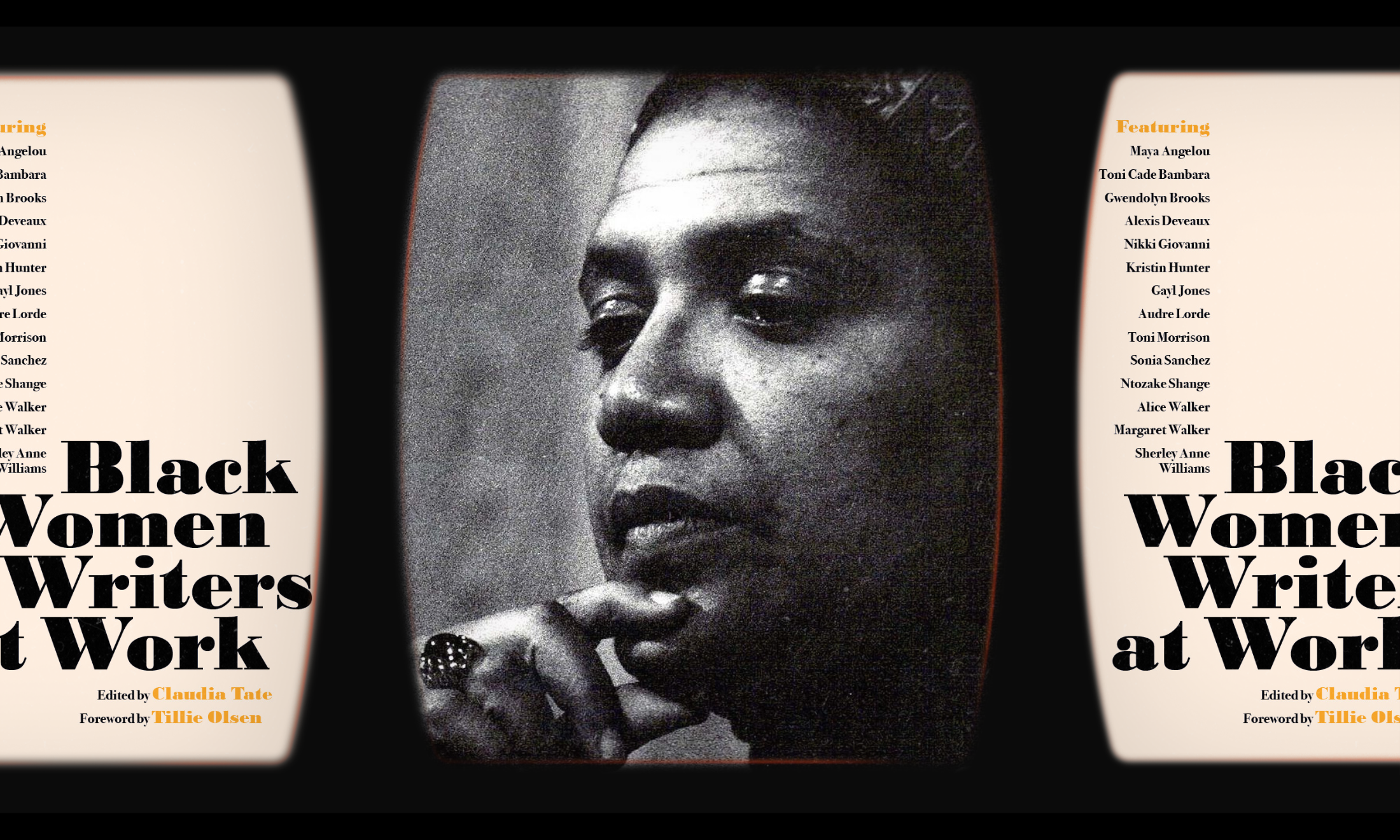
Cornerstone
Malorie Blackman on growing up Black in a white world
In an extract from her new memoir Just Sayin’, Malorie Blackman recounts a childhood without seeing herself in books.
Malorie Blackman
21 Oct 2022
In the mid-1960s, we moved to a maisonette in Brockley, then to a house in Sydenham in the early 1970s. Man landed on the moon – and I watched it, and then read about it. I searched out books about alien life forms on other planets and longed to meet some. Maybe they held answers that we on Earth were still striving to find.
I loved books that took me to new places and spaces, that let me walk in the shoes of others who were different to me. I found no books that allowed me to walk in the shoes of those like me. But stories continued to be my passport away from parental quarrels and sibling arguments and doors slamming and feeling lonely.
“Before me on the page was a world of literature that I loved, but it didn’t reciprocate”
By the time I started secondary school in 1973, I must have read several hundred books. I remember wondering why none of the books I read featured Black children in them. Not one of them featured a Black child like me. There were no children of colour whatsoever. In recent times I’ve heard some adults say that children don’t notice these things. Well, that’s nonsense. They do. This child did. Before me on the page was a world of literature that I loved, but it didn’t reciprocate. It didn’t even know I existed. The omission of ‘me’ on the page rendered my life, my existence unimportant. Irrelevant. I was invisible.
There was a literary feast going on 24/7 and if you were white, you could pull up a chair and have a seat at the table. I was outside the building looking in and watching others gorge themselves. When I read stories such as the Chalet School adventures by Elinor M. Brent-Dyer or C. S. Lewis’s Narnia series, I would imagine myself as the protagonist. Even the fairy stories and myths and legends I read featured no characters of colour.
Each book was full of descriptions of characters with pale skin, milky skin, porcelain skin, alabaster skin, which blushed and flushed and turned red, and I would skim over those sentences. Such descriptions took me out of whatever story I was reading, not because the stories contained white protagonists but because all the stories I read featured white protagonists. I was nowhere. By extension I was nothing. My place in this world was not deemed worthy of recognition, recording, exploration or even comment. That’s how it felt at the time.
As a child, the only Black people I saw in films and on TV were mammies and slaves in 1930s, 40s and 50s Hollywood films. Black women were presented as being of low intelligence and living as sex workers or solely for the care of their white charges. Men were presented as being of no intelligence and only good for being human donkeys, as comic relief or as criminals. These Hollywood films went round the world and countries with no indigenous Black population swallowed the nonsense they were being fed about Black people – there were no films to counter these depictions. This is not to disparage the Black actors of this era and earlier who had no choice in the roles they were offered, and hats off to Lincoln Perry for being the first Black actor in Hollywood to earn one million dollars. But his stage name and persona of the slack-jawed fool Stepin Fetchit used to make my face burn with mortification.
“If children’s books featuring Black protagonists had been plentiful and positive when I was a child, what kind of writer would I be today?”
Now here we were in the 1960s and 70s and very little had changed. Black people in TV and film were relegated to slaves, pimps and sex workers, with very few exceptions. Thank God for the late, great Sidney Poitier! In films like Lilies of the Field, To Sir, with Love and In the Heat of the Night, he played characters of intelligence and dignity. When I watched Sidney Poitier, I knew I’d experience no second-hand embarrassment. By the late 70s and early 80s, it felt like the decades had changed but the roles available to Black actors had not – at least not substantially. There were biopics, blaxploitation films or films about coping with being Black in a white world. Plus ça change.
In the contemporary literature of the time, we Black people were non-existent as main characters, at least in the UK. My imagination had to work overtime to place me within the stories I was reading. Without ever asking or being told, I thought I knew why there were no Black people in the books I was reading. It was because Black writers didn’t exist! I genuinely believed that at the time. I had never seen any, heard of any, discussed any with friends and family or at school. I’d never seen Black people on the cover of any books, magazines or comics. Without being explicitly told as much, my place in society – as a third-class citizen – was being constantly reinforced. I know this spurred my writing as an adult, and that one of the major reasons I became an author was the dearth of Black protagonists in books. If children’s books featuring Black protagonists had been plentiful and positive when I was a child, what kind of writer would I be today? I wonder.
Just Sayin’ is published by Cornerstone on 20 October 2022 and is available for purchase here.






